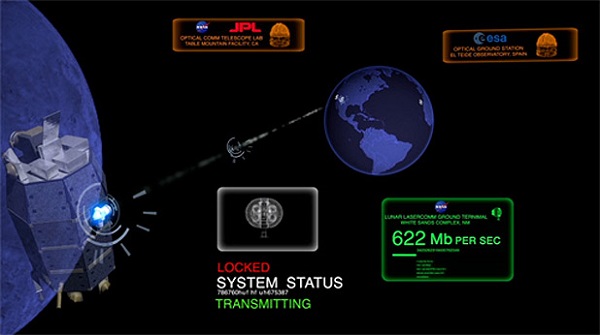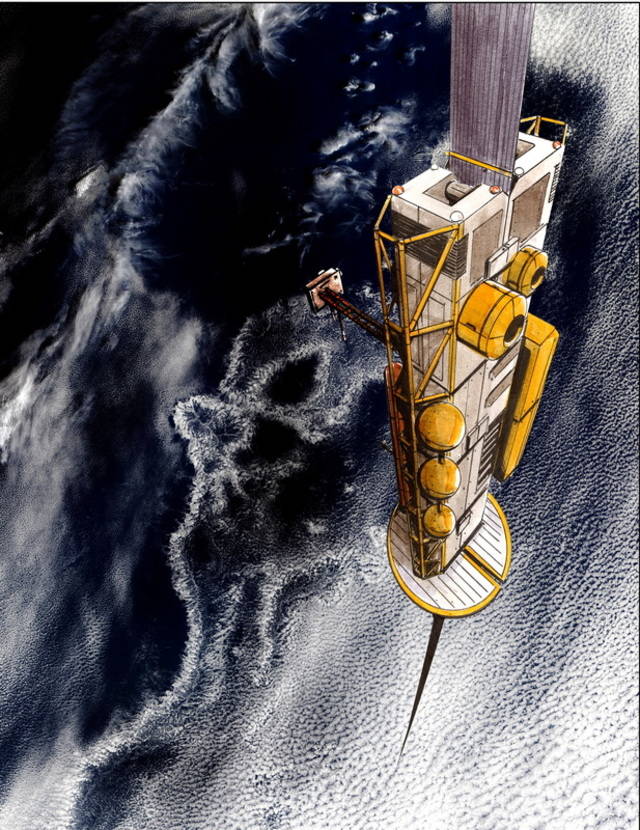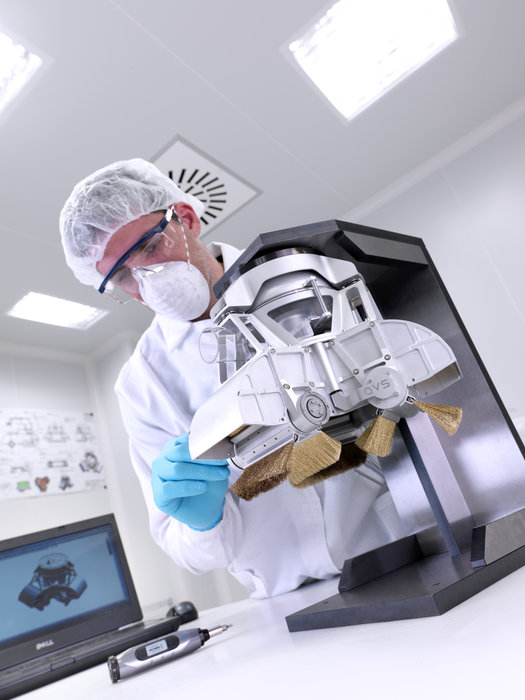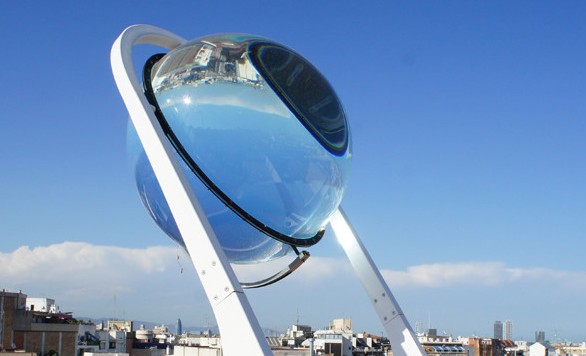To transfer data more easily between Earth and the rest of the solar system, NASA have begun to fire lasers at the moon, setting a new record in the process.
As a population prone to the popularity of science fiction and action adventure movies, our perception of lasers and just what a laser can do is relatively one sided. We know them as giant world slicing weapons that the bad guys get a finger’s width away from using, only to be stopped by the hero at the end of the film. But there’s a huge range of uses for those red beams of light, especially in science. Too, we know data as the thing we use to store our music and media, without realising its true potential not just in our homes, but up in space too. Now, NASA are pairing the two together to shoot lasers at the moon and transfer data to the iconic white globe above Earth.
NASA, or the National Aeronautics and Space Administration, to give it its full name, specialises in all things space-related and cosmic. They have a long illustrious story of sending things up to the skies to explore planets and see just what makes the wider universe tick. Most of us are familiar with the incredible pictures of Mars and the rest of the galaxy but not all of us ever wonder just how they got those photos. They have to send them, wirelessly, from the camera itself, back down to earth and this of course uses data. To make this easier, NASA have begun firing lasers in the direction the place that Neil Armstrong once set foot on, in an effort to make communication easier.
The lasers, part of NASA’s Lunar Laser Communications Demonstration (LLCD) project, were fired at the Lunar Atmosphere and Dust Environment Explorer (LADEE) satellite that orbits the moon. Achieving a record breaking data transfer speed of 622Mb of data per second, the results mean that NASA will no longer have to rely on transmitting data via radio waves. This could also mean that higher quality images and videos can be beamed down from space, giving NASA and the rest of us a better look at the space above our planet.
We’ll keep you posted once we know more.
Source: NASA
Read more on walyou, 6 Exoplanets We Can Almost Live On, First Look at Boeing’s Commercial Spacecraft Revealed











